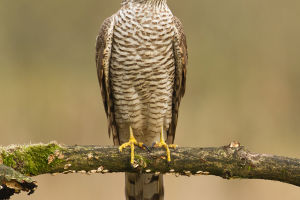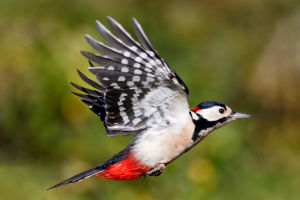The African continent occupies one-fifth of the total land area of the globe and harbors thousands of unique species. Regarding African wildlife, perhaps the first animals that come to mind are lions, zebras, wild dogs, and elephants.
However, Africa is also home to many unforgettable animals, such as the hartebeest, known for its "long face."
Before the 20th century, hartebeest populations were almost ubiquitous across the entire continent.
This remarkable adaptability to diverse environments is genuinely commendable.
Regarding body size, hartebeests measure between 160 to 180 centimeters in length, stand 120 to 133 centimeters tall at the shoulder, and weigh between 100 to 165 kilograms. Compared to their "neighbors," such as the African buffalo and impala, other herbivores, they have a slender build.
This inevitably brings to mind a biological hypothesis: "Under similar conditions, if two species of different sizes have the same food supply, the larger species will eventually outcompete the smaller species." In other words, if the "menu" is the same, the larger species will eventually replace the smaller species in the competition for survival.
So the question arises: Why haven't hartebeests, despite being smaller than their "larger neighbors," experienced a decrease in population and instead rapidly expanded across the African continent?
Many research teams have investigated the adaptability of hartebeests. Scientists speculate: Could it be the distinctive long face of the hartebeest that is playing a role?
The hartebeest's face is narrow and elongated, appearing even more slender than a horse's. What advantages does such a facial structure confer in natural selection?
One survival advantage of the long face is that the distance between the eyes and mouth is relatively long.
As herbivores inhabiting environments such as grasslands and riverbanks, hartebeests must remain vigilant against lurking predators. With a long face, hartebeests can "keep an eye out" while grazing and drinking, watching for any signs of danger.
Hartebeests are wary and timid animals, and timely evasion upon detecting danger is one of their survival strategies.
Another survival advantage of the long face is that it makes feeding on the edible parts of dry grass easier.
Initially, this idea was just a hypothesis. It suggested that the slender head structure of hartebeests is advantageous for selecting edible parts from dry grass during the dry season, thus enabling them to better adapt to the climatic conditions of the African savanna.
If this hypothesis holds, there must be differences in the diets of hartebeests and their "larger neighbors" during the dry season. Is this indeed the case?
Scientists spent two years comparing hartebeests and impalas in the Nazinga Game Ranch in West Africa to find out the truth. In their natural environment, hartebeests and impalas sometimes live together in mixed herds, alerting each other to potential threats.
These animals primarily feed on grass, but impalas are more significant and much heavier than hartebeests, making them typical representatives of "larger neighbors." Due to their larger size, impalas also have larger heads, with an absolute length of the face longer than that of hartebeests. However, regarding the proportion of the face to the body, long faces of the hartebeest are more advantageous.
It is worth mentioning that the research was conducted in a game reserve located near the 10th parallel north latitude, characterized by a tropical grassland climate with distinct rainy and dry seasons.
According to the temperature variations during the dry season, the researchers further divided the seasons into three types: the rainy season (June to September), the fantastic, dry season (October to January of the following year), and the hot, dry season (February to May). They collected feces from hartebeests and impalas every month and observed the plant debris under a microscope to determine what these two species ate throughout the year.
The research found that grasses such as Andropogon and Pennisetum during the lush rainy season accounted for most of the diets of hartebeests and impalas. As the dry season approached, these wild grasses became dry and tough, decreasing their proportion in the diets of both species, although the degree of reduction differed.
The proportion of these grasses in the impalas' diet decreased rapidly, replaced by softer leguminous and Rubiaceae plants, while the proportion of dry grass in the hartebeests' diet remained above 80%.
This research result indicates that hartebeests are indeed better at feeding on dry-season grasses than their "larger neighbors." This also leads to differences in the diets between hartebeests and these animals, indicating that they do not compete directly for survival.
Today, many scientists agree that the long face of hartebeests and the survival advantages it brings are some of the reasons for the rapid spread of this species in Africa. Over the years of evolution, hartebeest populations living in different terrains and climatic conditions have gradually developed their characteristics.


